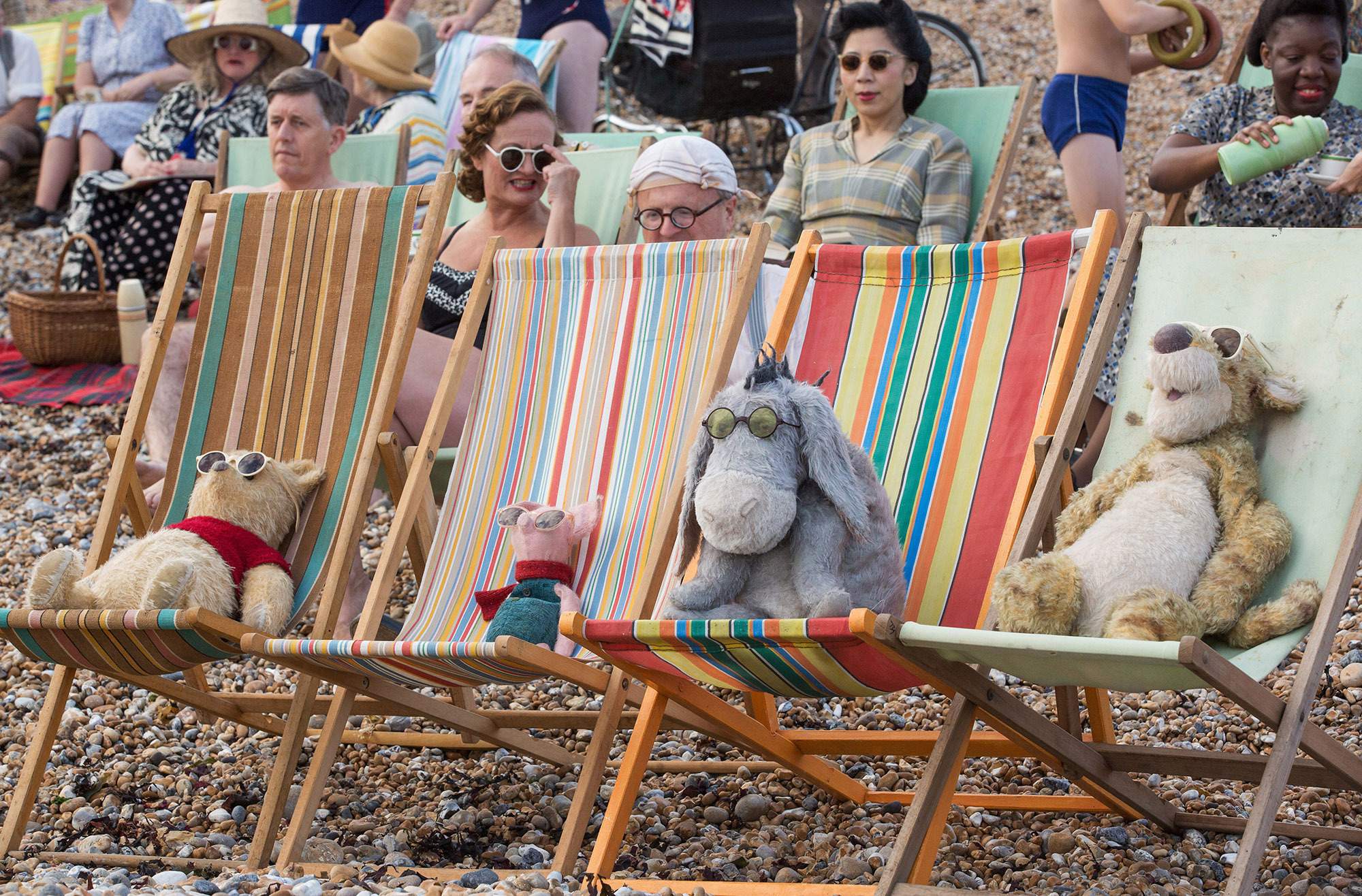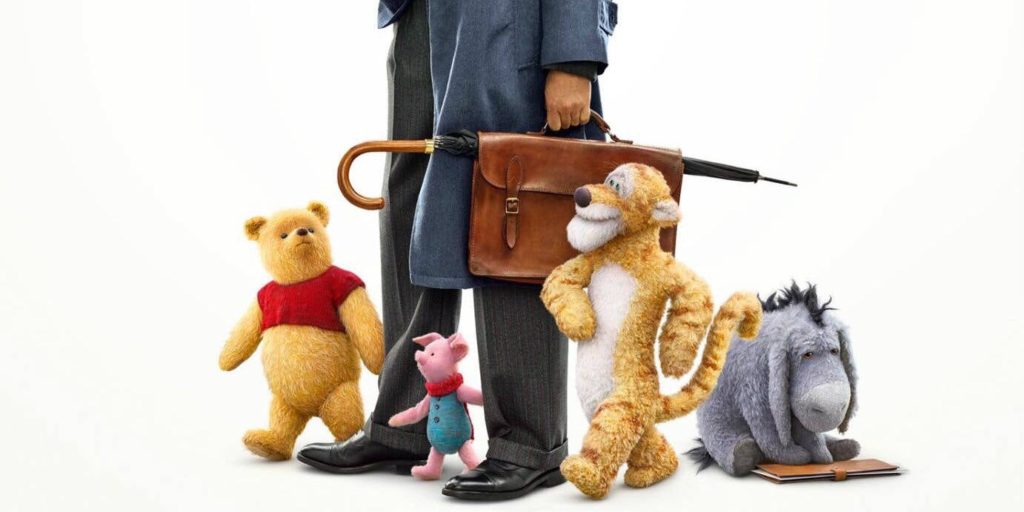6/10
After a young boy develops a strong relationship with a few of his imaginary friends, he leaves them behind in pursuit of adulthood. Later in life, when his family is on a vacation of sorts, Christopher Robin stumbles across his old friend, Winnie the Pooh, and races to get Pooh back to Hundred Acre Wood before a very important business meeting. Christopher Robin had much better graphics than expected; the animals almost looked real. The colors and atmosphere had a grayish tint, which I think added a real vintage quality to the film.

Though the story is extremely cheesy, it doesn’t feel cheap; I really bought into Pooh’s silliness, and even got emotional at some points, even though I wasn’t an avid reader of the books. The overall narrative, however, felt very clunky, and I leaving the movie I thought that the last third of the film was the only time I actually felt genuine tension and character development; the first two thirds beat the drum of Mr. Robin’s adulthood a bit too often, and the plot during that time felt very lacking. Whatever was there in the third act would have made a much better full-length picture than the one we have now. All things considered, however, the film brings out something concerning the use of imagination from which believer may glean.

Reason or Imagination?: A False Dichotomy
Throughout the film, Winnie the Pooh serves to help the reluctant adult Christopher Robin return back to his childhood roots. Mr. Robin is obviously averse to this, and so the majority of the film is spent developing theme of the mundanity of adulthood. This theme develops very well by the end of the film, maybe enjoying its stay a bit too long. But it is obvious nonetheless, and there is much here for Christians to think on. Dr. Kevin Vanhoozer, a very brilliant professor at Trinity Evangelical Divinity School, makes a wonderful and winsome case for the use of imagination in the Christian life to keep him or her awake in the fight of the faith, and he uses C.S. Lewis as a guide (1). It is indeed very compelling to consider Lewis’ words in regards to this idea, and one wonders what has led the Christian church to such a false dichotomy between reason and emotion (2).

C.S. Lewis is known in the Christian community as the grandfather of imagination, and rightly so. His uses of applicable stories to the life of the church are timeless and continue to serve the church even today in helping us see things we may reason systematically in a compelling way through the use of fiction. Perhaps there is some truth in the negative outlook on adult Christopher Robin attempting to bury his childhood, and we may take note from Lewis in attempt to bridge the gap between reason and imagination with Mr. Robin. Lewis writes in a famous entry in one of his best works, “I wrote this story for you, but when I began it I had not realized that girls grow quicker than books. As a result you are already too old for fairy tales, and by the time it is printed and bound you will be older still. But someday you will be old enough to start reading fairy tales again. You can then take it down from some upper shelf, dust it, and tell me what you think of it. I shall probably be too deaf to hear, and too old to understand a word you say, but I shall still be your affectionate Godfather, C. S. Lewis.”(3) Jesus, the truest human, is the King of both reason and imagination, and Lewis is his brother, following faithfully in his footsteps. Let aspire to use our imagination like these two, so that a willy, nilly, silly old bear doesn’t have to drag us back to our roots (4).
1. Vanhoozer, desiringGod. “In Bright Shadow: C.S. Lewis on the Imagination for Theology and
Discipleship.” YouTube, Desiring God YouTube, 21 Oct. 2013,
www.youtube.com/watch?v=nw2yDvX18q8&t=2937s.
2. Vanhoozer touches on this dichotomy in his lecture, suggesting we bring the two together.
3. Lewis, C.S., and Pauline Baynes. The Lion, the Witch, and the Wardrobe. New York, NY: HarperTrophy,
1994. Print.
4. Consider Jesus use of stories in his parables. I may write on this in another article

